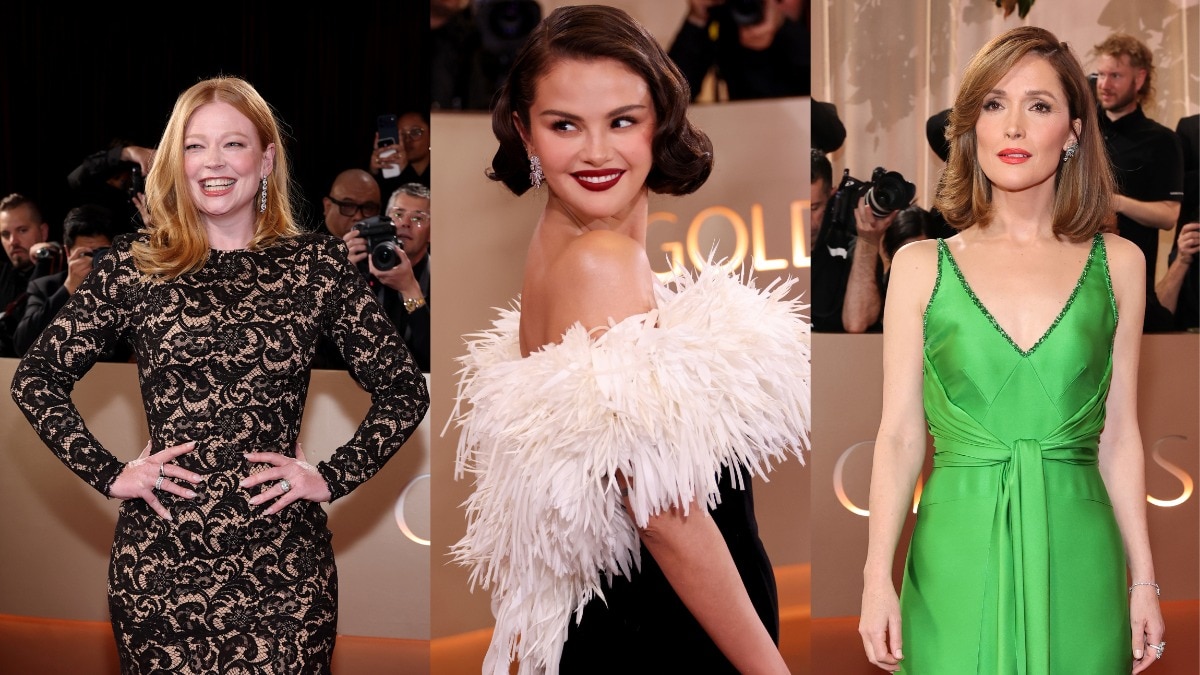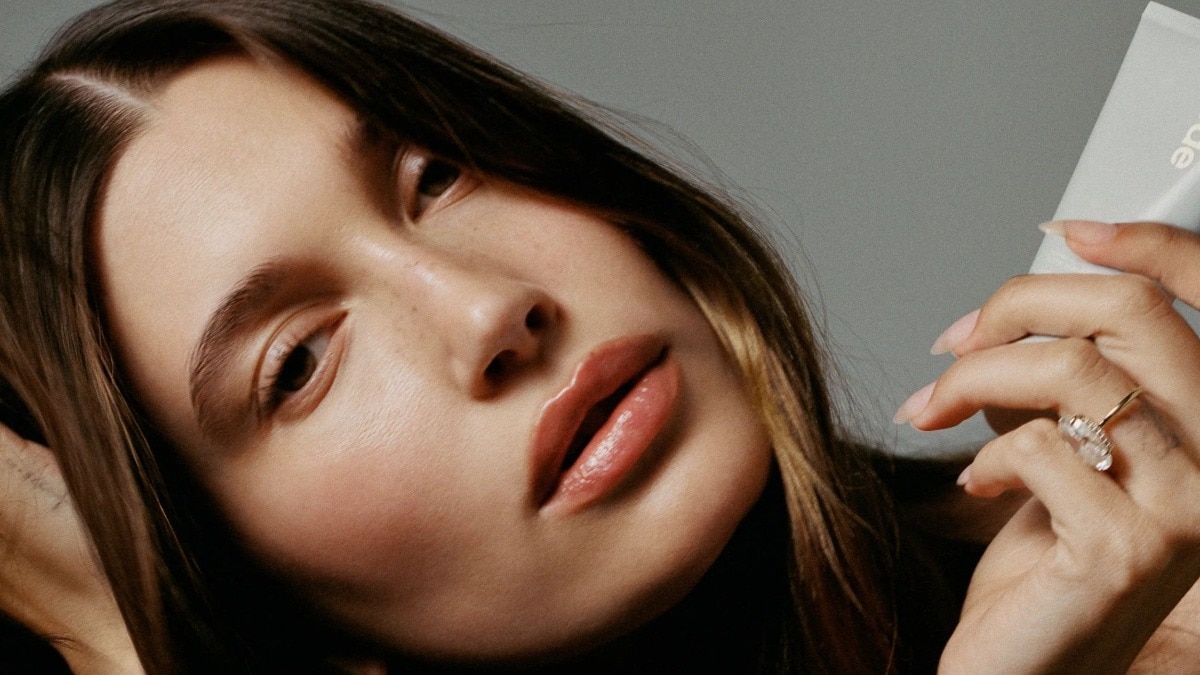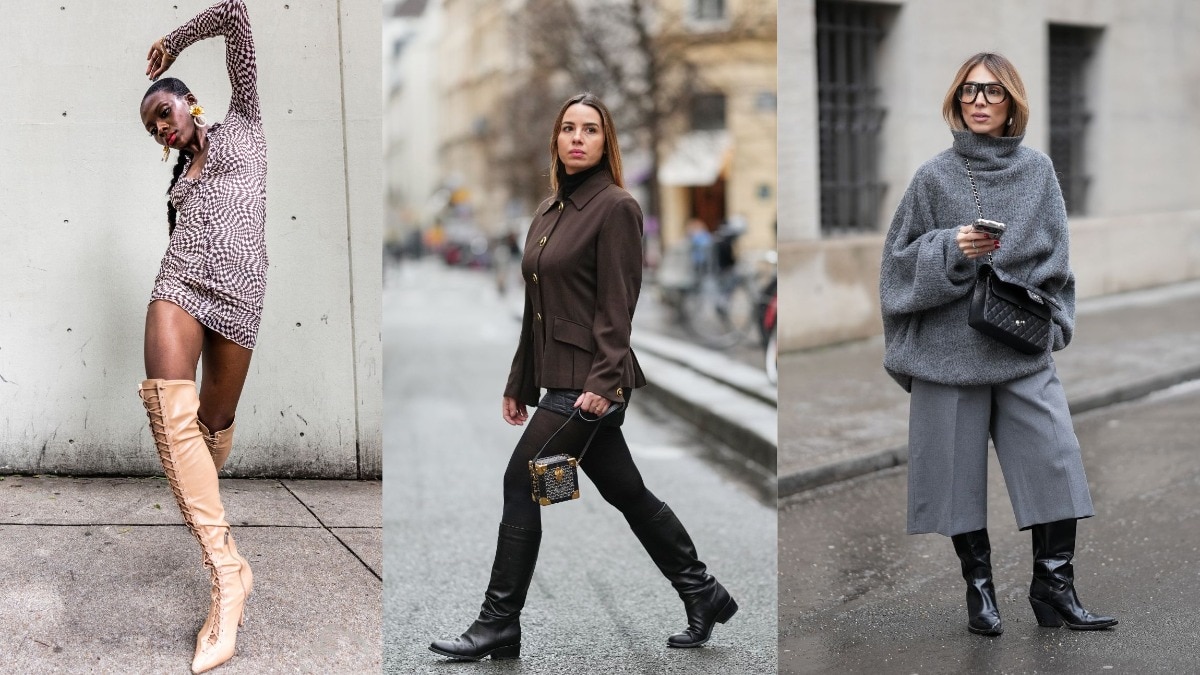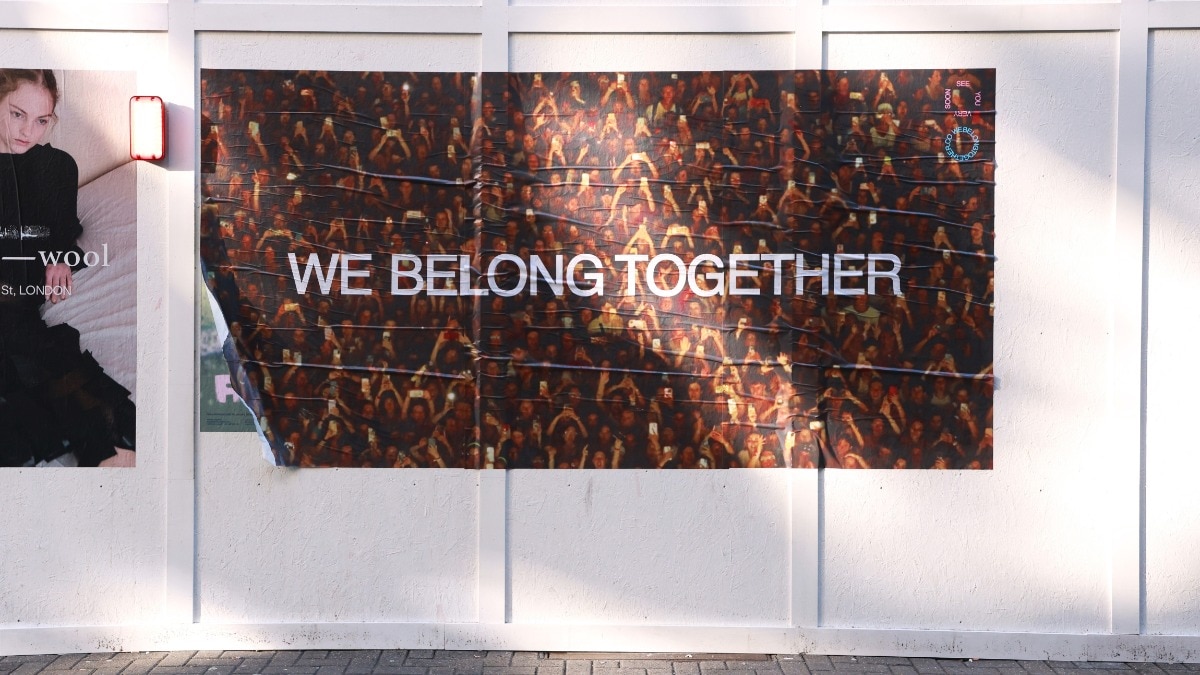Why the layered haircut stands the test of time
A versatile look that works for every hair texture.

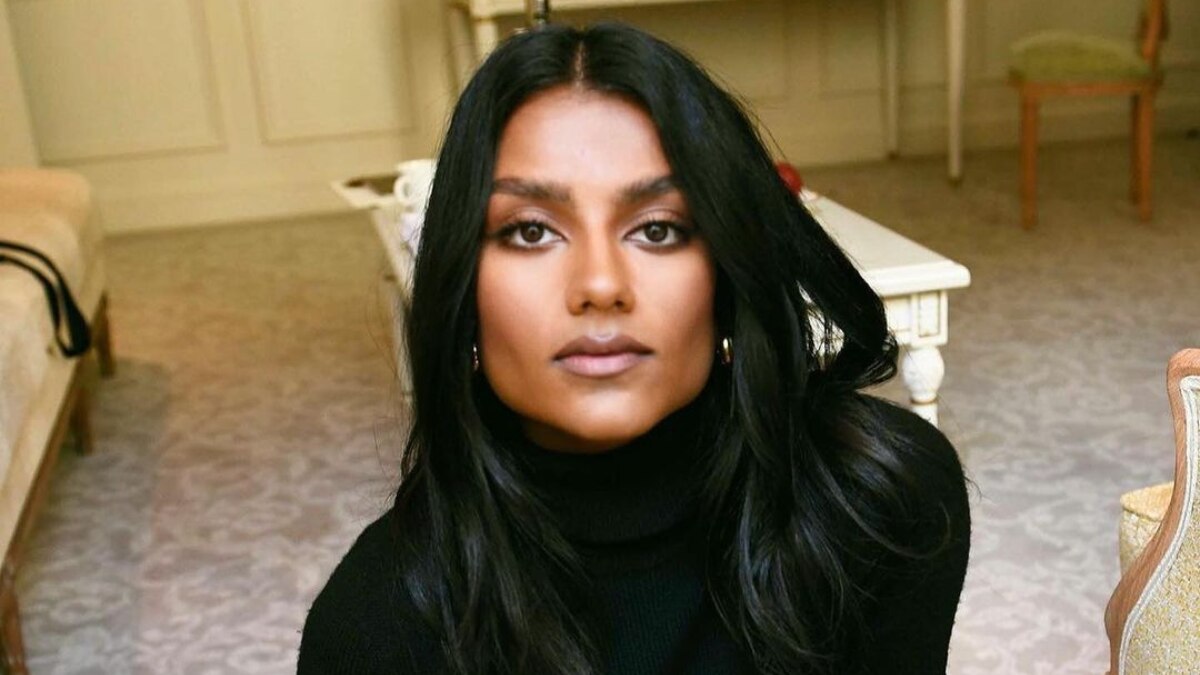
The layered haircut—it’s all at once the most ubiquitous yet ambiguous hair terminology used by everyone from hair professionals to your best friend who’s looking for a subtle change. It’s gone through various iterations, from the fluffy, flippy Farrah Fawcett hair in the 70s to the jagged, piece-y layers of the early 90s. In recent years, layers took a backseat in favour of more experimental styles—from the gamine pixie crop to pin-straight, waist-grazing lengths—but layers never truly went away. And for good reason.
“An interesting haircut with carefully placed layers and shorter bits around the face can modernise that supermodel look," the legendary hair stylist Sam McKnight tells Bazaar. "It will give you volume without too much work." And he should know. McKnight famously gave Princess Diana her iconic haircuts and has tended to countless supermodel locks. Jodie Comer's enviable lived-in layers? That was all down to McKnight's work.
"Blunt haircuts are very specific and less versatile; they only work on a certain genre of textures and are not designed for everyone," says Brixton Cowie, hairstylist at the Neil Moodie Studio. "Now, with the return to layered cuts, individuality of texture is being celebrated a lot more."
Trepadora salon’s Keisha Jo Lawler agrees, adding that it's particularly effective for those of us with curlier locks. “Shape is everything for curly hair. It adds dimension and beautiful movement so having layers is actually essential,” she tells Bazaar. According to her, adding layers will allow curls to grow out beautifully and minimise the amount of salon visits you’ll require.
Her top tip on nailing the cut is to attend your appointment armed with reference images “as close to a similar curl pattern as your own that you love and can see yourself embracing with your lifestyle.” Your stylist should be someone who’s confident working with naturally curly hair. “We have done many corrections in our salon in Maidenhead with layers that have created uneven wedges from improper layering in some of our new clients' curls.”
Lawler’s a big fan of the ‘wolf cut’ for curly locks, a more grown-up version of the mullet that’s shorter on the front, with face framing curls, and gradually longer layers at the back. “We prefer where possible to add in shapes and layers by dry cutting our clients curls so that each unique curl is shaped in place to how they fall naturally."
At Larry King, there's one particular decade-defining nineties cut that is proving to be a client-favourite, albeit in a fresher way. "I’ve got quite a lot of women who are not asking for the full Rachel Green but wanting elements of 'The Rachel'," says hairstylist Andreas Wild. "They want more layers, which gives them far more volume. Think nineties Cindy Crawford. It's not just having a long curtain frame, it’s a little bit more connected to the side now. You just have to be careful you don’t over-layer the hair because a lot of the time the hair can get a little bit too thin in the front."
Those with fine, straight strands will find that cutting in layers will help add volume and body. "Some fine hair can be very flat at the roots so removing weight with subtle layers creates movement," agrees Joel Goncalves, senior stylist at John Frieda Salons. For longer lengths, he recommends asking for "floating layers" at the salon. This means cutting the hair in three different levels around the head so the layers stay "disconnected".
"That has the effect of the hair being able to swing around more so the whole hairstyle moves together and is a lot lighter and bouncier," says Goncalves. "As the weight of the hair is distributed around the head, it makes blow drying quicker and it also works really well when air drying the hair."
From Jennifer Lopez's long layers to Kaia Gerber’s cool-girl shoulder length cut, there’s no denying that layers offer the kind of ease and versatility that other styles don’t. "The modern-day layered cut respects the different hair types and the individual’s texture much more than it did in the past. They are more bespoke and less formulaic," says Cowie. "They are designed to give a more relaxed style and they allow the hair to be more low-maintenance, without much styling involved, and allowing the natural texture to be enhanced."
That said, there are endless styles that suit the layered cut, too—whether that’s putting your hair in an up-do, adding in some waves, or a simple ponytail with cheekbone-grazing strands.
It's safe to say that most of us, at one point or another, have sat in a hairdresser’s chair and asked for "some layers added in". But it pays to have a more in-depth chat with your stylist before they pick up the scissors.
"Ask your hairstylist to advise what kind of layers would work with your specific texture and talk about the lifestyle you lead. For example, do you wear your hair natural? Do you air-dry it or blow-dry? Do you use styling tools? Layering comes in many different forms and it's about the length of the layers working for you," advises Cowie. Go forth and embrace the new season with a fresh trim.
This piece originally appeared in Harper's Bazaar UK


